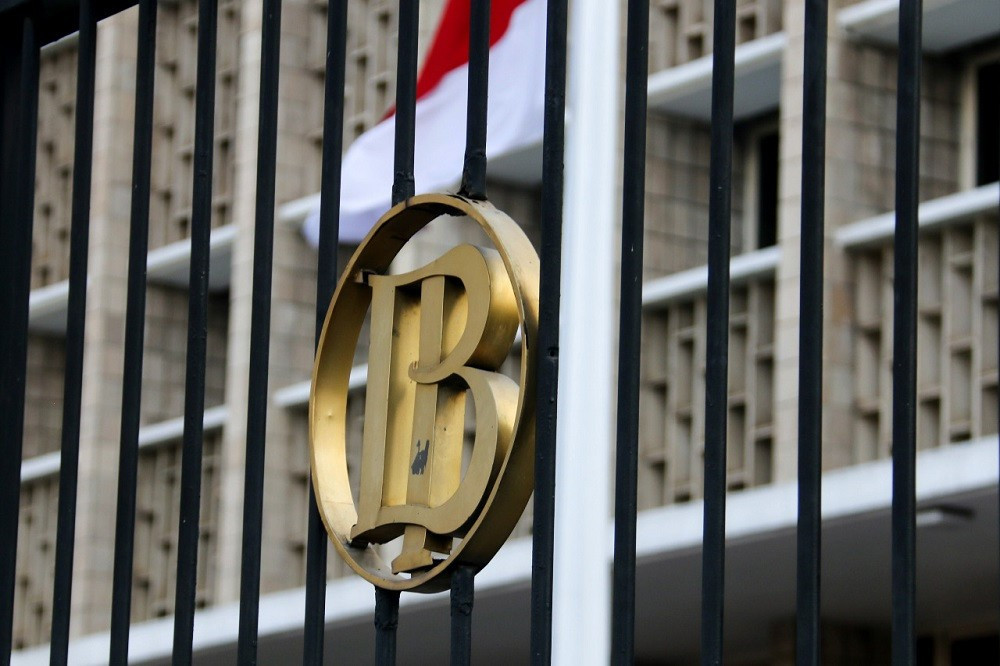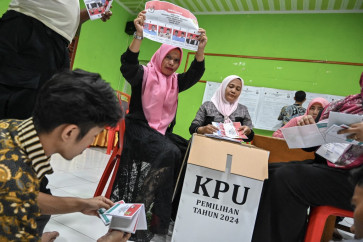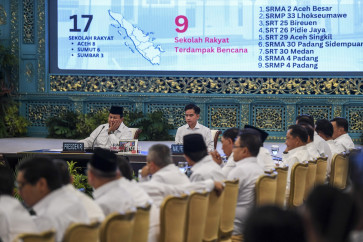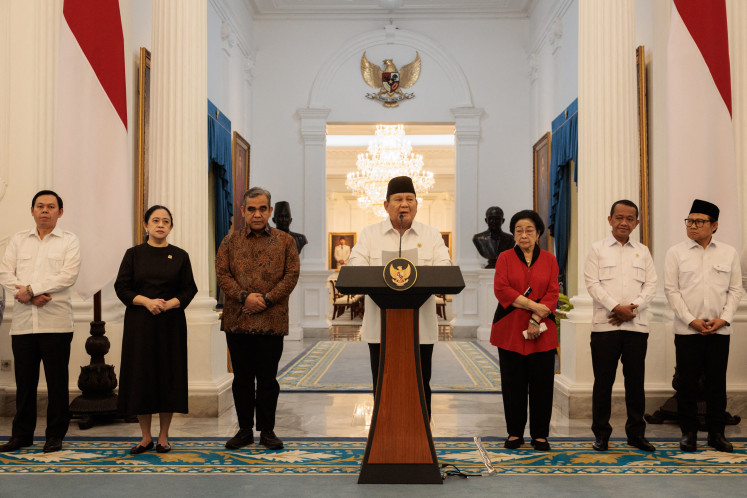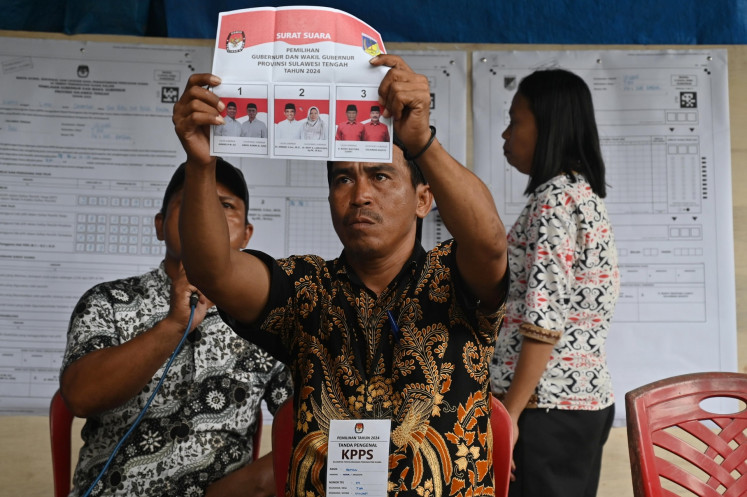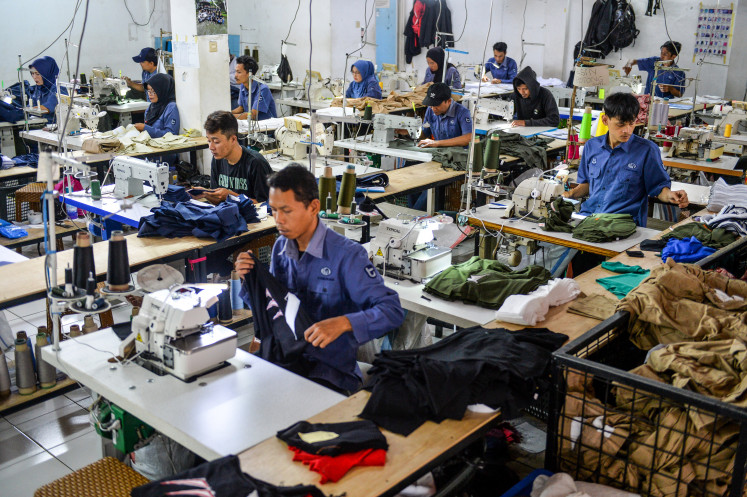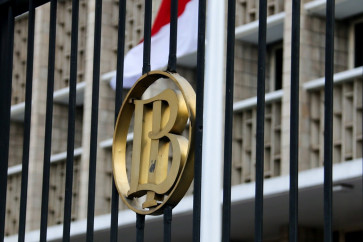Popular Reads
Top Results
Can't find what you're looking for?
View all search resultsPopular Reads
Top Results
Can't find what you're looking for?
View all search resultsAnalysis: Indonesia ramps up fiscal, monetary measures to leverage US trade deal
Change text size
Gift Premium Articles
to Anyone
I
ndonesia is making bold moves on both the monetary and trade policy fronts—cutting its benchmark interest rate by 25 basis points to 5.25 percent and finalizing a landmark trade agreement with the United States. The deal eliminates 99 percent of Indonesia’s trade barriers on US industrial and agricultural products, lowering the US tariffs on Indonesian imports from 32 percent to 19 percent.
To prepare for potential shocks and capitalize on the moment, the government has also accelerated efforts to boost state revenue—not by raising taxes, but by tightening enforcement and closing loopholes. One notable initiative is a nationwide customs crackdown aimed at recovering lost revenue.
Bank Indonesia’s decision to cut its policy rate, despite the US Federal Reserve keeping its benchmark rate steady at 4.5 percent throughout the year, signals a more proactive stance to stimulate domestic demand and export-oriented production. Although the 19 percent tariff the US now imposes on Indonesian commodities may appear steep, it is lower than the 20 percent imposed on Vietnamese textiles, Indonesia’s main rival in that market. This gives Indonesian exporters a rare competitive edge in accessing the world’s largest consumer economy.
The central bank’s rate cut is intended not only to spur domestic borrowing and consumption, but also to reduce financing costs for exporters looking to scale up production. By reducing borrowing costs, the central bank is enabling Indonesian producers and exporters to ramp up output, capitalizing on newfound market access made possible by the country’s lower US import tariff rates compared to its peers.
According to government estimates, the new trade agreement could boost Indonesia’s GDP by 0.5 percentage points. Foreign direct investment is projected to rise by 1.6 percentage points, and employment may grow by 1.3 percentage points—equivalent to about 1.9 million new jobs. However, officials warn that this growth will likely come with a slight deterioration in the trade balance, with the deficit expected to widen to 3.4 percent of GDP, primarily due to a rise in import-driven consumption.
Beyond the headline tariff reductions, the agreement also introduces regulatory shifts—particularly in the health sector. Indonesia will now recognize certifications and prior market approvals issued by the US Food and Drug Administration (FDA) for pharmaceuticals and medical devices. While this could streamline imports and improve access to certain medical products, critics point out that US standards are developed based on American demographics and healthcare systems, which may not always reflect Indonesia’s public health profile or cultural consumption patterns. This mismatch is already visible in cases like offal-based products, which are widely consumed in Indonesia but face tighter scrutiny under FDA rules.
Digital trade commitments form another core part of the deal. Under the agreement, Indonesia has pledged to ease restrictions that hamper digital services and foreign investment in the sector. Although these reforms align with Indonesia’s broader goal to attract global data center operators, the pact adds external pressure to accelerate changes. Past policies limiting cross-border data transfers have been repeatedly flagged by investors as a constraint on scaling up operations across multiple jurisdictions—an issue the government appears increasingly willing to address.

